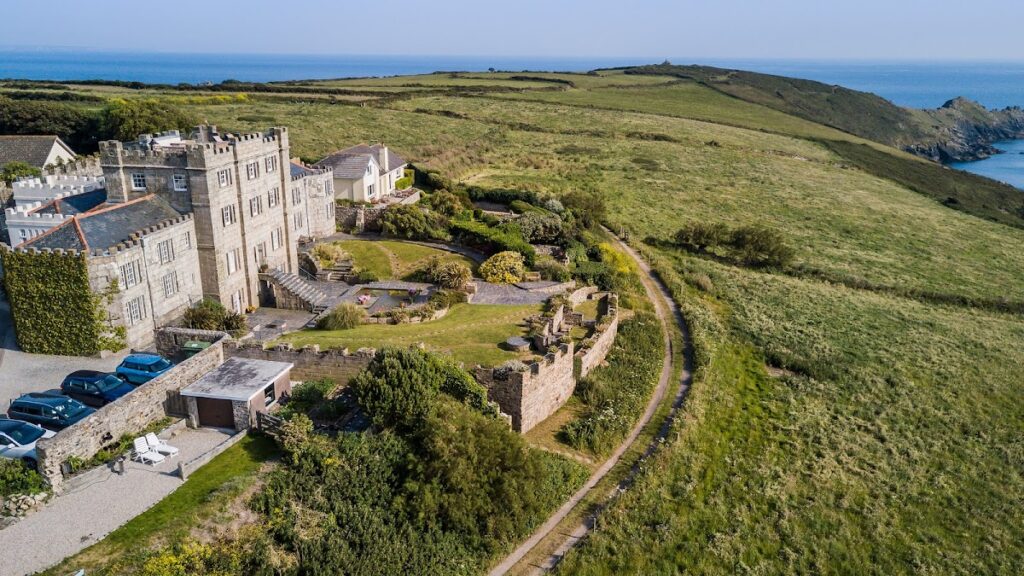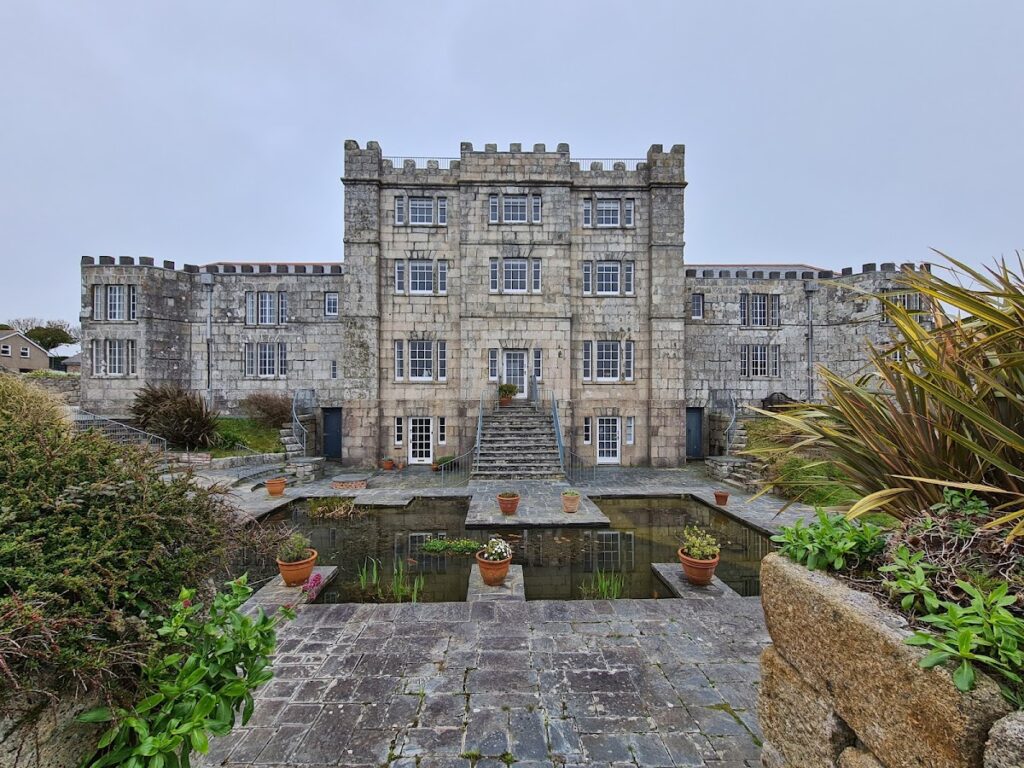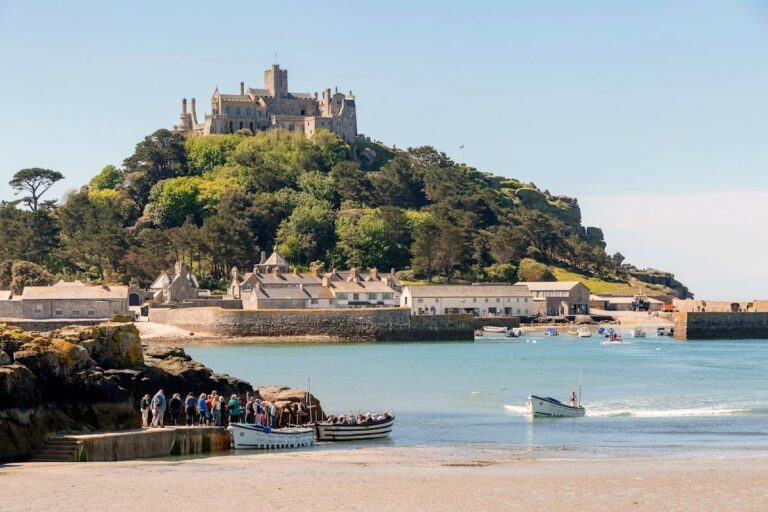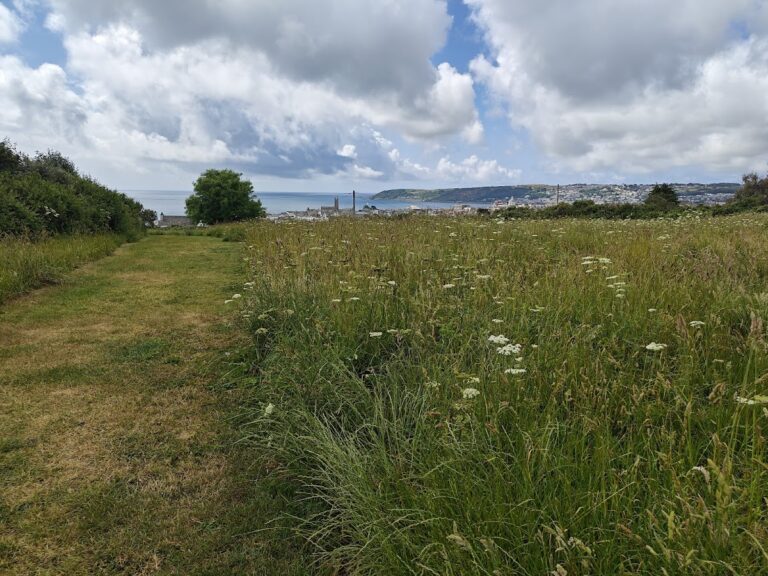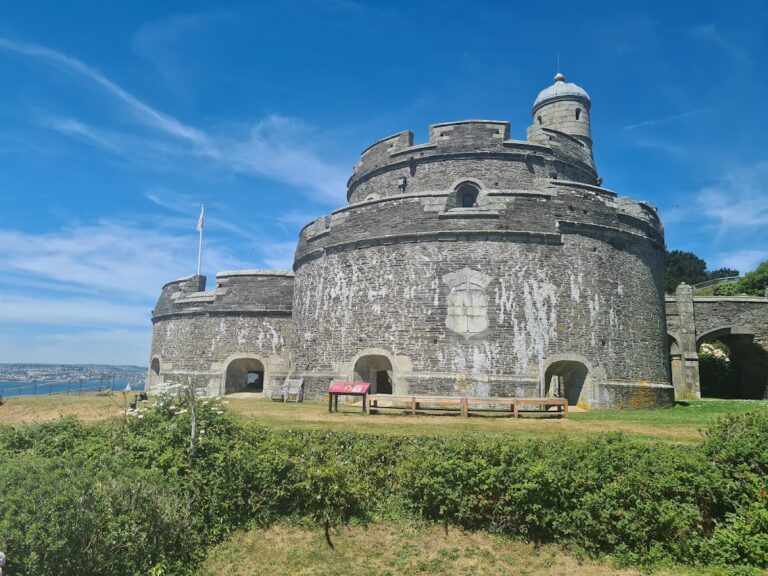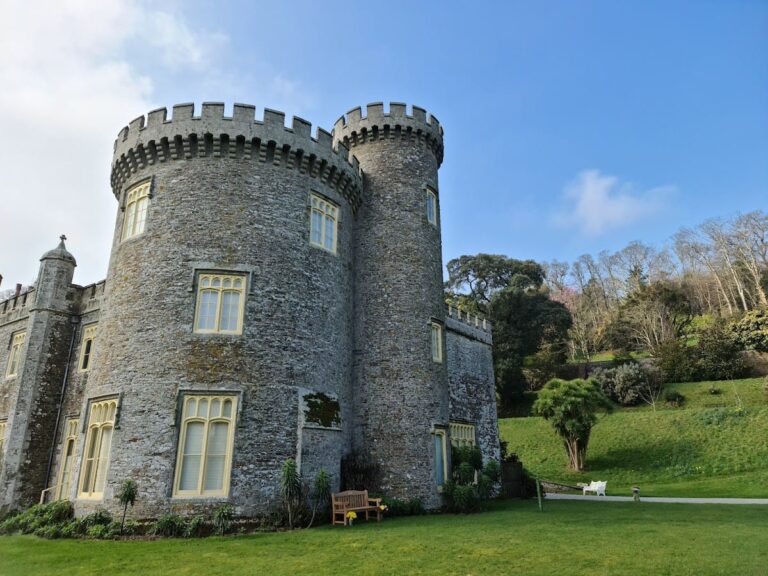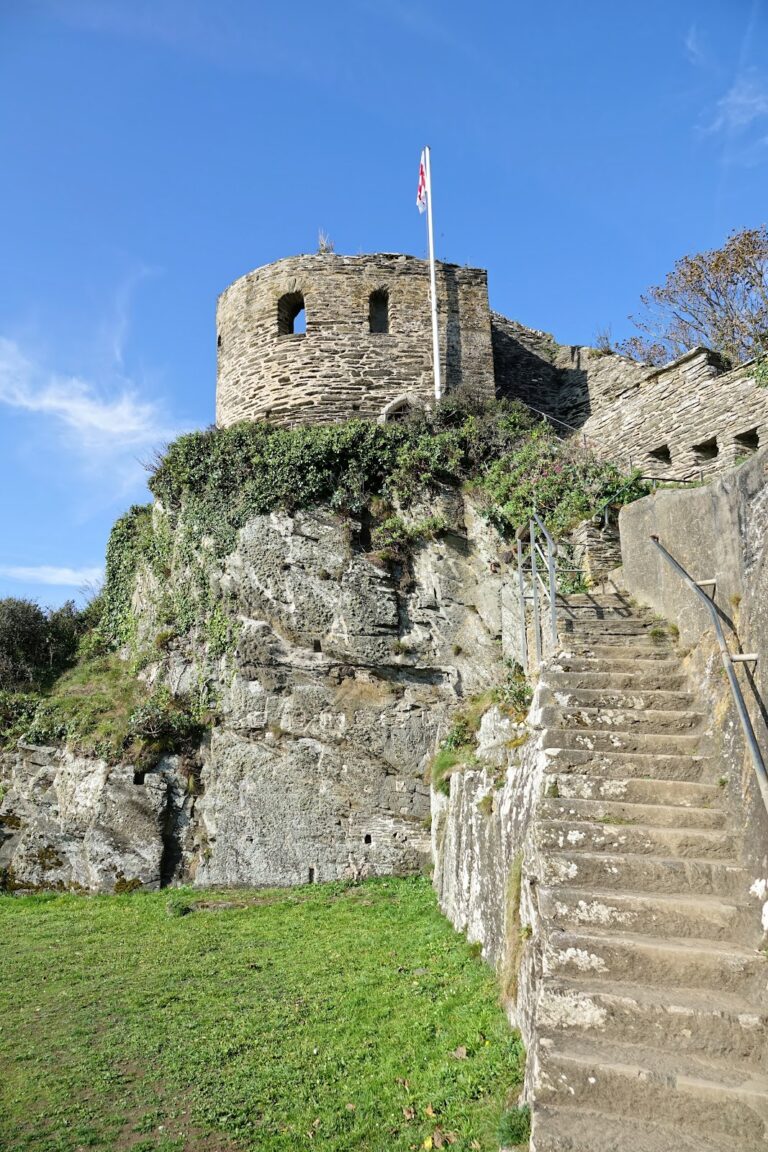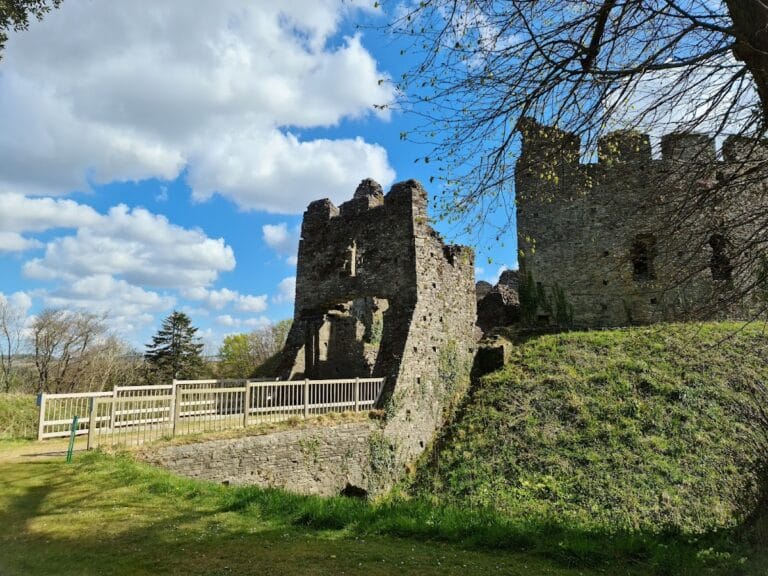Acton Castle: An 18th-Century Coastal Residence in the United Kingdom
Visitor Information
Google Rating: 4.6
Popularity: Very Low
Google Maps: View on Google Maps
Official Website: www.actoncastle.com
Country: United Kingdom
Civilization: Unclassified
Remains: Military
History
Acton Castle is situated near Penzance in the United Kingdom and was constructed in the late 18th century by the botanist John Stackhouse. The castle was originally built to support Stackhouse’s pioneering studies of marine algae, reflecting an Enlightenment interest in natural history. The location provided direct access to coastal seaweed, essential to his research which he documented in the 1797 work Nereis Britannica.
The castle derives its name from Susana Stackhouse, John’s wife and the heiress of Edward Acton of Acton Scott. This family connection influenced the naming and ownership of the property. Prior to Stackhouse’s death, ownership transferred to Bulkeley Mackworth Praed, who died at the castle in 1852. Following Praed’s passing, his sister inherited the property, and later it came into the possession of Thomas Field, who lived there for several years, followed by Richard Lanyon. Lanyon’s widow remained in residence until her death in 1899.
During the Stackhouse period, the castle was notably used by John Carter, a tenant famously known as the “King of Prussia.” Carter operated from the castle and its adjacent cove as a smuggling base, with local tradition attributing to him the construction of tunnels linking the castle to the shoreline to facilitate his illicit trade. This period added a layer of clandestine activity to the site’s history.
In the 20th century, Acton Castle was converted into a country hotel, reflecting changing uses and residential demands. The hotel operated for several decades before closing in the 1980s due to reduced business. Since that time, the castle has been redeveloped into upscale residential apartments, marking its transition from private scientific use to hospitality and finally to private housing.
Remains
Acton Castle presents as a modest castellated residence primarily built from granite, reflecting the durability and local availability of this material. Its exterior features a granite facade and chimneys shaped with dressed granite blocks, providing a refined appearance distinct from the rougher stonework often used in construction. The roof is grouted to ensure structural stability, and the walls are crowned with embattled parapets, lending the building a fortified look characteristic of Gothic revival aesthetics popular in the late 18th century.
Later alterations occurred in the early 1900s when the castle was adapted for use as a country hotel. At this time, two-storey wings were added, distinguished by tripartite windows—windows divided into three sections—that enhanced natural light and interior comfort without disrupting the original styling of the main building.
The castle grounds extend down to Stackhouse Cove, where remains of several large tanks remain visible. These tanks were used for holding seaweed during John Stackhouse’s botanical research, demonstrating the site’s original scientific function. Their survival offers tangible evidence of the castle’s specialized role in marine algae studies.
Local tradition states that hidden tunnels connect Acton Castle to Stackhouse Cove. These tunnels are linked to the smuggling activities of John Carter during the late 18th and early 19th centuries. Although detailed structural information on the tunnels has not been recorded, their association with the castle adds a historical narrative of covert trade and local folklore.
Today, Acton Castle is protected as a Grade II* listed building, a designation that recognizes both its architectural style and its association with significant historical figures and events. Its combination of original features and later adaptations remains evident throughout the structure and surrounding landscape.
